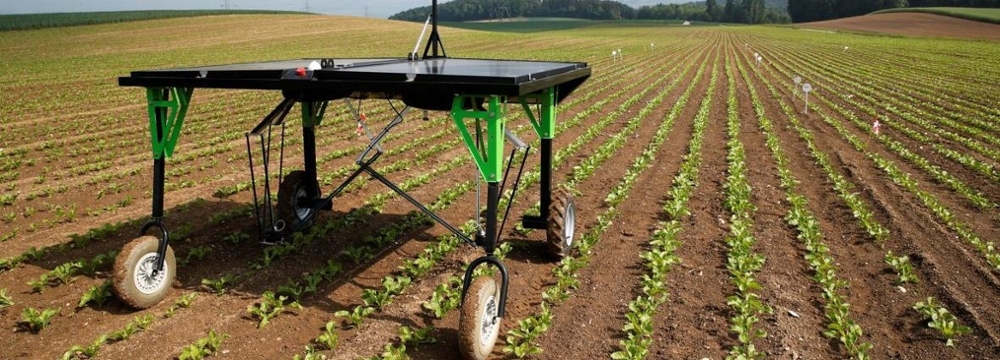Research and Updates
Recent Research
Suppress
During a control efficacy trial conducted at the CREC Suppress EC was demonstrated to control up to 85% of weed grass growth in the field, specifically barnyardgrass. During this trial, an 18% v/v mixture of Suppress with a water carrier of pH 2.8 was used to yield these results. It is important to ensure that the water carrier is of a pH < 3; pH of water carrier can be lowered using products high in citric acid such as lemon juice.
When tested in greenhouse trials, results indicated that Suppress EC works best on plants 7cm in height or less. Results also demonstrated close to 100% control of palmer amaranth 5cm in height and approximately 90% control of palmer amaranth 7cm in height. Suppress EC also performed about 30% better than Scythe at controlling 10cm palmer amaranth.
Cryogenic Weed Control
Cryogenic weed control is accomplished by freezing the exposed tissues of weeds before destroying them with mechanical pressure. Freezing of plant tissue is done by spraying plants with liquid nitrogen and destruction of plant tissue is carried out by using a ballasted roller. The mechanical pressure of the roller not only fractures the exposed frozen plant tissue but also disrupts organelles in young leaves and meristematic tissue below the ground.
Based on trials carried out to test control of morning glory, the best results were obtained when using a brass nozzle affixed 30cm above the ground applying a high output of liquid nitrogen (9360l/a) at a high pressure (41kPa).
Cryogenic weed control is a potentially more sustainable management method in the long run compared to using herbicides. This is because liquid nitrogen leaves no chemical residues and does not affix nitrogen to the soil. In addition, this method is fueled by a readily available resource in atmospheric nitrogen.
Anaerobic Soil Disinfestation (ASD)
A greenhouse experiment was carried out to see if anaerobic soil disinfestation is an effective method of weed suppression. This trial was carried out using 5-gallon all-purpose buckets filled with surface soil from a USDA organic field and treatments consisting of a combination of Molasses (carbon source) with one of four organic herbicides amendments (sweet potatoes, liquid corn gluten, chicken manure, and mustard meal). These were chosen as relatively widely available agricultural by‐products that could be used as organic amendments for ASD treatment which also vary in relative microbial availability. Buckets containing only untreated soil were also prepared as controls. Common problematic weeds present in tomato production were seeded in each bucket. Mesh bags containing soil inoculated with the pathogenic bacterium Ralstonia solanacearum were buried in each bucket. Oxidation-reduction electrodes were installed in each bucket to evaluate soil anaerobicity continuously via an automatic data logging system. Inoculum bags were sampled at the end of the six-week ASD period. In addition, percent weed emergence and weed biomass data was recorded.
The results of this experiment suggest that ASD could be an effective means of non-chemical weed control. The combination of the anaerobic soil environment combined with the solarization effect caused by the clear plastic cover resulted in significantly lower survival of large crabgrass and barnyardgrass compared to the untreated checks. In addition, complete or near complete control of cutleaf evening primrose, swinecress, and palmer amaranth were observed. Furthermore, near complete control of Ralstonia solanacearum was observed in the ASD treatments.
The greenhouse experiment will be repeated in the summer of 2020. A field trial using the two most effective treatments from the greenhouse trials will be carried out afterward.
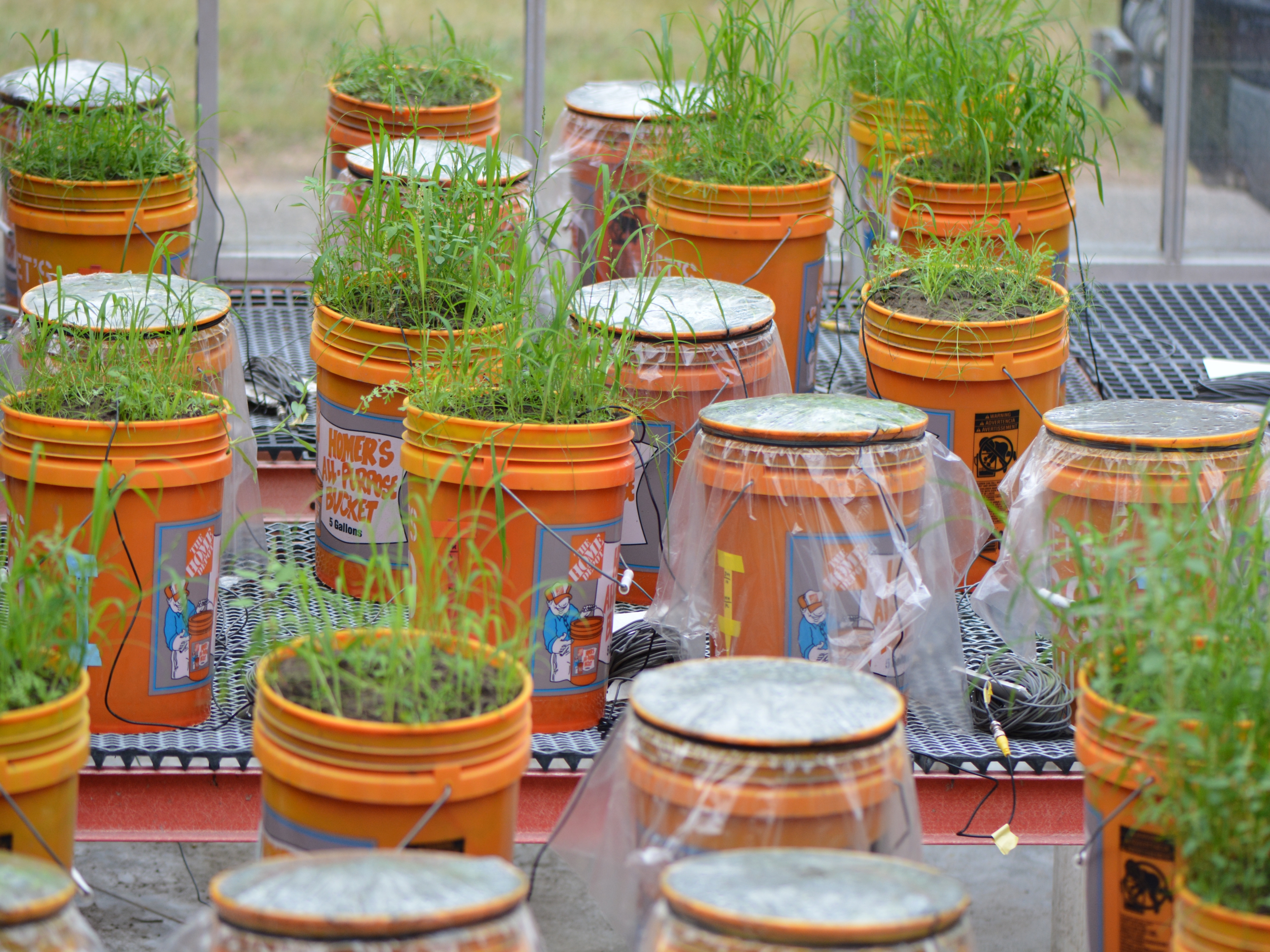
Figure 1: ASD trial buckets
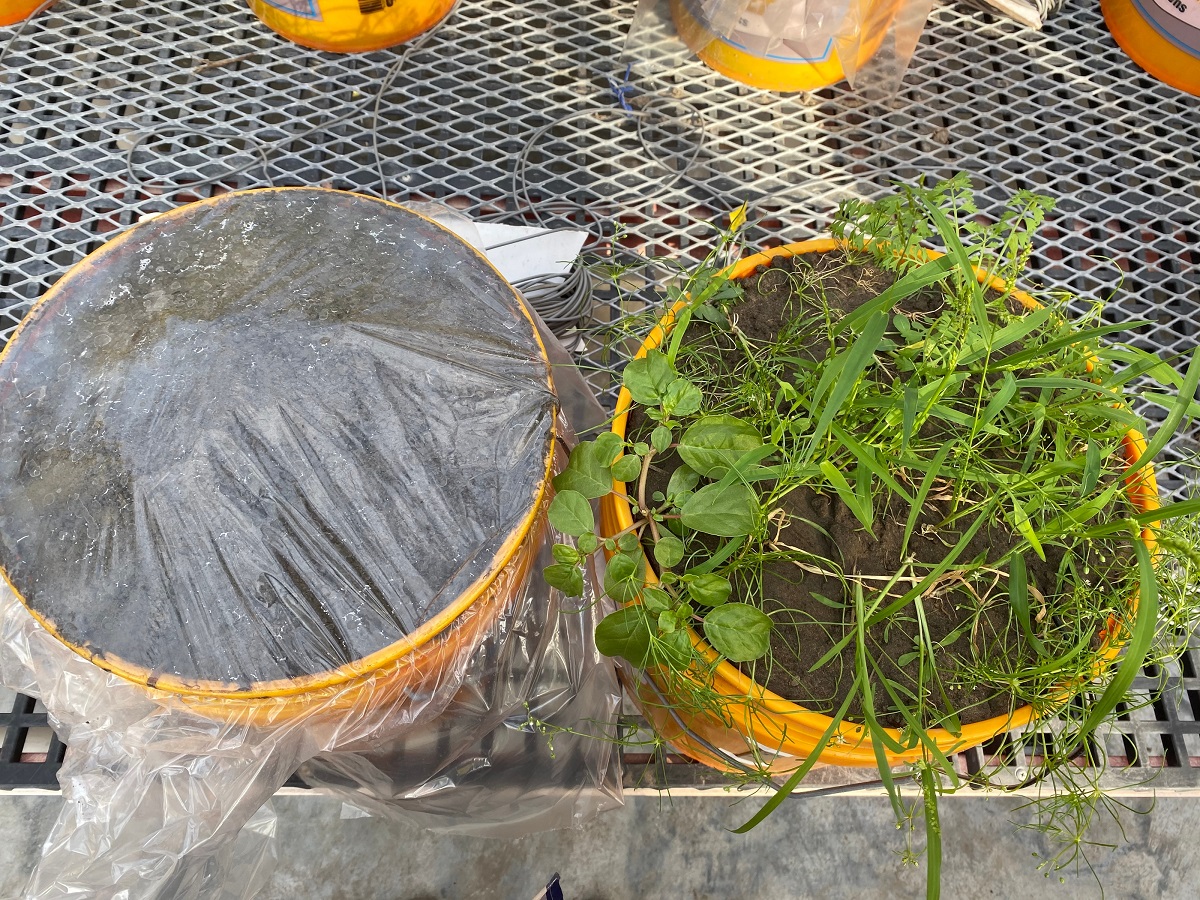
Figure 2: Weed suppression in ASD molasses + chicken manure treatment vs untreated control
Chelated Iron
Trials have been carried out testing the efficacy of chelated iron when being used as an herbicide safener, a substance that lessens the detrimental effects herbicides have on row crops when being applied to a field post-transplant. With safeners, a wider range of herbicides can be paired with vegetable crops which increases the range of weeds that can be controlled in the field.
These specific trials involved using chelated iron to safen against bentazon when being applied in a broccoli field. Results from both the greenhouse and the field trial components suggest that chelated iron may safen broccoli plants from the phytotoxic effects of bentazon in the early growth stages. However the field trials suggested that safeners do not effectively protect against potential yield drops associated with bentazon application.
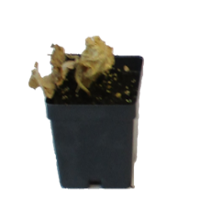
Figure 1: Belstar variety broccoli treated with bentazon
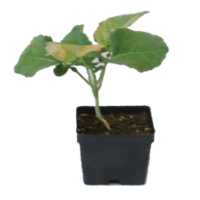
Figure 2: Belstar variety broccoli treated with chelated iron and bentazon
Robotic Weed Control
The robotic weeding trials to be carried out will be done using the Husky unmanned ground vehicle. This UGV will be equipped with cotton harvesting equipment in addition to a sprayer for herbicide application. It will be outfitted with a mechanical actuator for accurate herbicide spraying as well as equipment to be used for cotton harvesting.
Cover Crops
Cereal ryegrass has been shown to reduce wild mustard proliferation by about 70%
Regal Graze Ladino Clover 12-15 lbs /ac reduces sedge by 70% and corn spurry by 80%
Red Clover reduces corn spurry spread by 75% and wild mustard growth by 80%
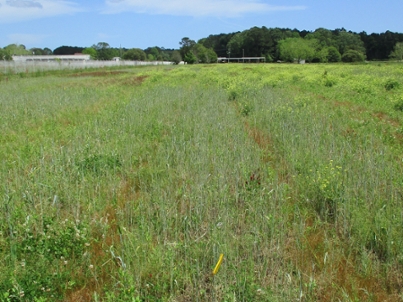
Figure 1: Ryegrass Cover
Ryegrass being used to control wild mustard proliferation.
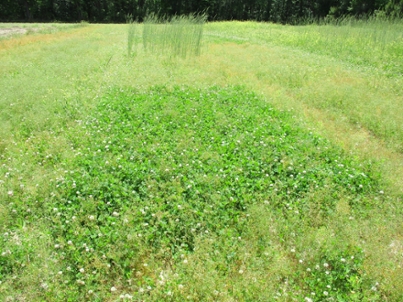
Figure 2: Ledino Clover Cover
Ledino clover being used to control corn spurry proliferation.
Figure 3: Red Clover Cover
Red clover mulch being used to control corn spurry and wild mustard proliferation.
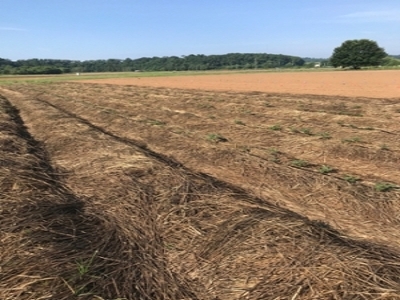
Figure 4: Crimped Ryegrass
Sweet potatoes planted into crimped ryegrass cover crop.
Lab Updates
Conferences
Four members of the vegetable weed management lab (M. Cutulle, G. Singh, G. Caputo, M. Washington) recently attended the 2020 Southern Weed Science Society annual meeting (1/27/2020 - 1/30/2020). While attending all four gave presentations concerning ongoing research in the lab. G. Singh and G. Caputo both entered and participated in the MS level graduate student oral paper presentation contest, with G. Singh presenting on the optimization of carbon sources for weed control in an anaerobic soil disinfestation (ASD) environment and G. Caputo presenting on the use of melatonin as a safener against bentazon for sweet potato. M. Cutulle presented on cover crop mulches, organic herbicides and weed seed biological control in reduced-tillage crop systems. M. Washington presented on the exploration of chelated iron as a safener against bentazon for broccoli.

